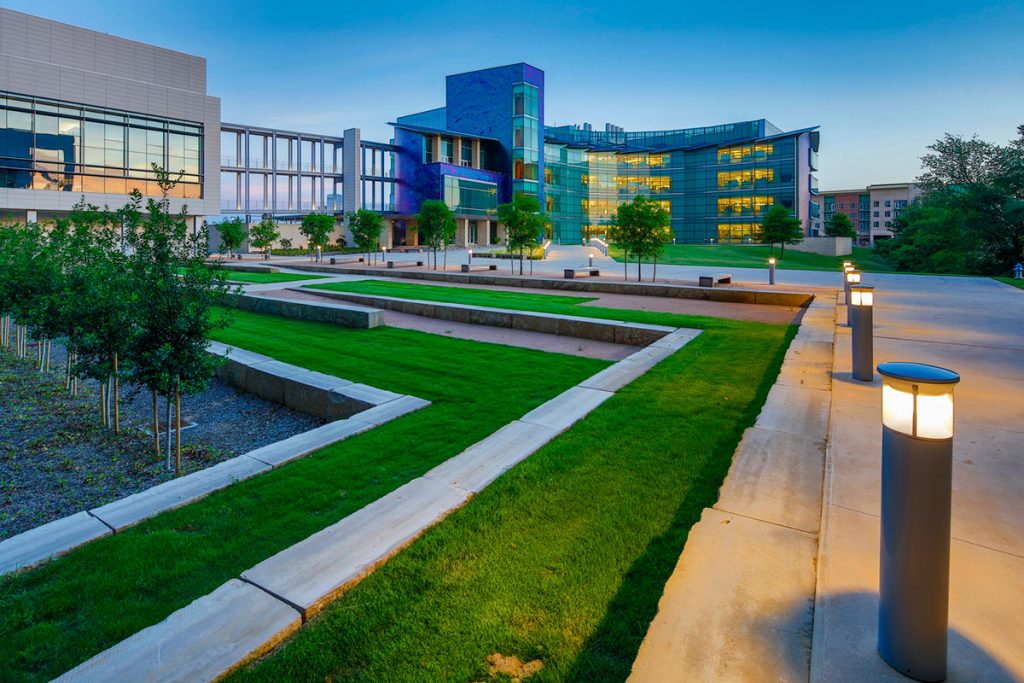Alumna Wins AGU Graduate Research Award
October 28, 2021
Alumni News

By Haywood McNeill | October 19, 2021
UT Dallas alumna Dr. Leah Salditch MS’16 recently received the American Geophysical Union’s (AGU) Natural Hazards Section Award for Graduate Research. Presented annually to one or more promising young scientists studying natural hazards and risks, the honor recognizes outstanding contributions to natural hazards research and is judged based on impact or potential impact to the field.
“I am thrilled to receive this recognition,” Salditch said. “I owe a large part of my success to my mentors who helped me open doors for myself. My time at UTD was foundational. My sincere thanks go out to the geosciences department.”
Salditch defended her thesis in August, earning a PhD in earth and planetary sciences and a master’s in applied statistics at Northwestern University. She now lives in Denver while she performs postdoctoral research through the U.S. Geological Survey’s Mendenhall Research Fellowship Program.
Salditch is recognized as a rising star in earthquake hazard research.
“Leah came into the geoscience coursework master’s program looking for a strong foundation in the geosciences,” Dr. Robert Stern, professor of geosciences at UT Dallas, said. “She got that and more. We learned that she was ready and able to carry out world-class PhD research and helped her find the best program for her to apply to, and she did the rest.”

One of Salditch’s research articles explores a long-recognized but puzzling question: Why do large earthquakes sometimes occur in temporal clusters? Her research involves modeling the clusters that result from long-term fault memory. The work grows from the observation that standard earthquake-cycle models fail to adequately describe observed temporal clustering of large earthquakes. This limitation is a major issue for estimating the probability of large destructive earthquakes, like those expected in the Pacific Northwest.
To date, estimates of when to expect the next earthquake depend on whether we assume that we are in the recent cluster, or that the cluster is over, she wrote.
Using a time-dependent model called long-term fault memory to simulate paleoseismic activity, Salditch finds good agreement between the model output and the paleoseismic record. The model simulates previously proposed long-term variation in stored elastic G strain and strain energy. Longer-term variability of the model shows that depending on the window of the paleoseismic record provided, earthquakes can appear Poissonian or quasi-periodic. This gives interesting insight into earthquake probability for hazard estimation.
Her work has been published and presented at AGU, Seismological Society of America and Geological Society of America workshops in Switzerland, Italy and Spain.
“It is always great to see UT Dallas geoscience alumni go onward to do great things,” Dr. David Lumley, head of the Department of Geosciences at UT Dallas, said.